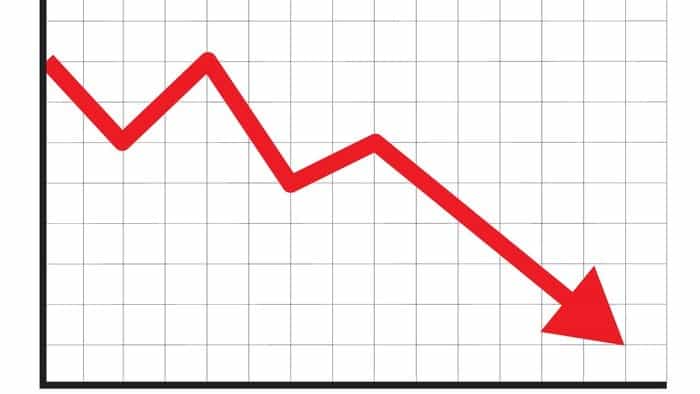This article was originally published on Fool.com. All figures quoted in US dollars unless otherwise stated.
What happened
Tesla Inc (NASDAQ: TSLA) stock remained in reverse gear Thursday morning, rolling toward its third straight day of losses with the share price down 1.3% as of 11:20 a.m. EST.
Why? My fellow Fool and Tesla-watcher Daniel Sparks told you the first half of the story on Wednesday: A new report out of Morgan Stanley says that Ford Motor Company (NYSE: F)'s new Mustang-E is cutting into Tesla's electric vehicle market share in the United States -- it dropped by 12 percentage points in February.
The second part of this story dropped later Wednesday night. CNBC reported that Fiat Chrysler -- now part of Stellantis (NYSE: STLA) -- spent $362 million last year buying regulatory credits to offset the emissions of the cars it sells. Most of this money went to Tesla, which has credits aplenty to sell because the cars it manufactures don't emit carbon at all.
So what
So why is that important? Last year, Tesla raked in $1.6 billion in 100%-margin regulatory credit revenue, selling credits it doesn't need to automobile manufacturers that do. Analysts are hoping that this business will boom even bigger in 2021, dropping as much as $2 billion in revenue straight down to Tesla's bottom line, and thus helping it to grow its earnings.
But here's the thing: Stellantis plans to cut back its purchases of regulatory credits this year -- not by much, but by some. It certainly doesn't plan to increase those purchases by 25%. And if other car companies follow Stellantis's lead and fail to increase their credit purchases, or even ratchet them back, then the primary source of Tesla's profits could at best be peaking, and at worst -- reversing.
Now what
Now consider what that trend might look like as more and more automakers -- companies like Hyundai, Volkswagen, and GM -- start selling more EVs of their own. Consider what it might look like if these other car companies not only don't need to buy as many credits, but start producing some credits that they can sell. And consider what it might look if these other companies start to steal electric vehicle market share from Tesla, cutting into the amount of credits Tesla generates to sell.
The scenario above may not necessarily spell doom for Tesla, but it certainly doesn't help support the case for Tesla stock trading at more than 900 times earnings.
This article was originally published on Fool.com. All figures quoted in US dollars unless otherwise stated.









